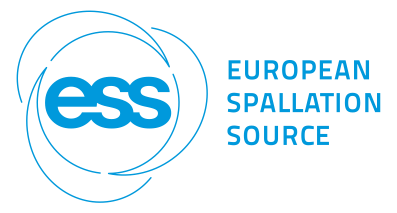Speaker
Description
The Square Kilometer Array (SKA) project, with its SKA-Low and SKA-Mid telescopes, presents unique challenges in achieving and maintaining high availability in remote environments in Australia and South Africa. This case study explores the critical role of the Engineering Management System (EMS) in addressing these challenges within the context of the MeerKAT project.
Availability requirements significantly impact design, capital investment, and operational costs, with a target of 99% inherent availability and 95% operational availability for both telescopes. Precursor telescope data informs reliability and maintenance planning, facilitating the development of a digital twin for proactive decision-making.
Remote operations in extreme conditions necessitate meticulous design considerations, including temperature limits. Maintenance in these remote settings follows a non-traditional model, demanding precise organization and estimation of maintenance organization size.
Cost-effectiveness and technological currency drive the need for efficient maintenance management. Integrating Reliability, Availability, and Maintainability (RAM) analysis with logistics engineering and configuration management offers improved efficiency, effectiveness, and safety benefits.
Early consideration of RAM in design identifies issues proactively, and continuous monitoring ensures assets remain reliable. Fostering a culture of safety and reliability throughout the organization is pivotal for success, influencing policies, procedures, and daily practices. This EMS-driven approach ensures that the SKA project achieves its ambitious scientific goals while managing costs effectively.

